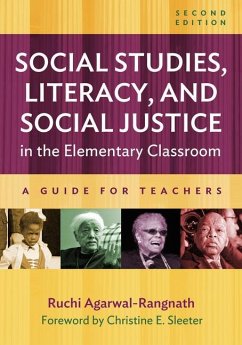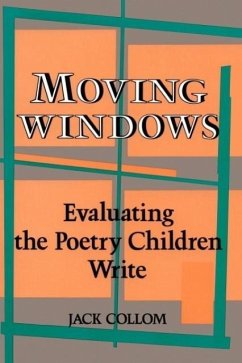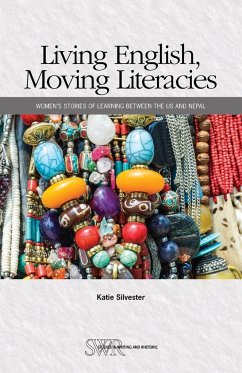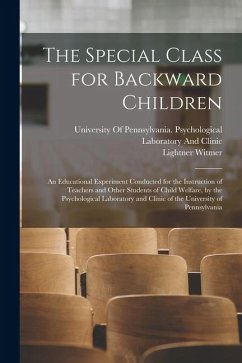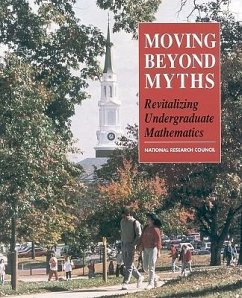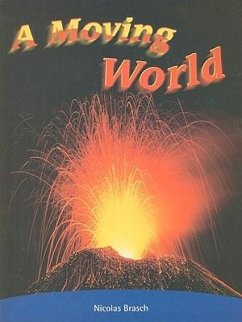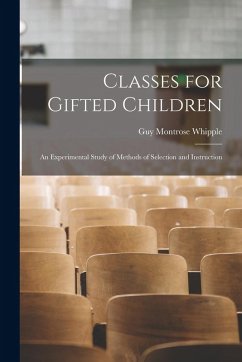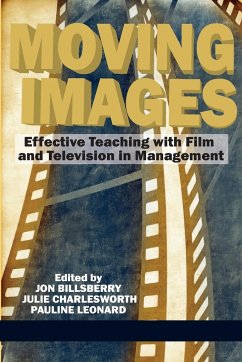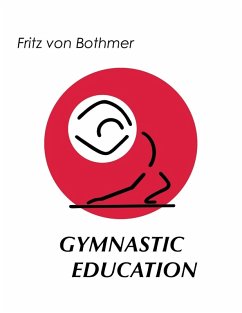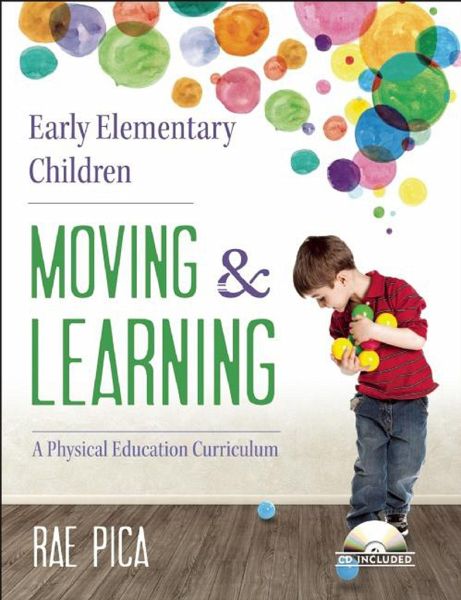
Early Elementary Children: Moving & Learning
A Physical Education Curriculum

PAYBACK Punkte
11 °P sammeln!
Physical education is a critical part of every early childhood curriculum. Children need to move to channel their energies in creative, beneficial ways and to learn habits for lifelong health and fitness. Early Elementary Children Moving and Learning provides more than 100 developmentally appropriate activities that contribute to a well-rounded curriculum in any classroom or programme.




